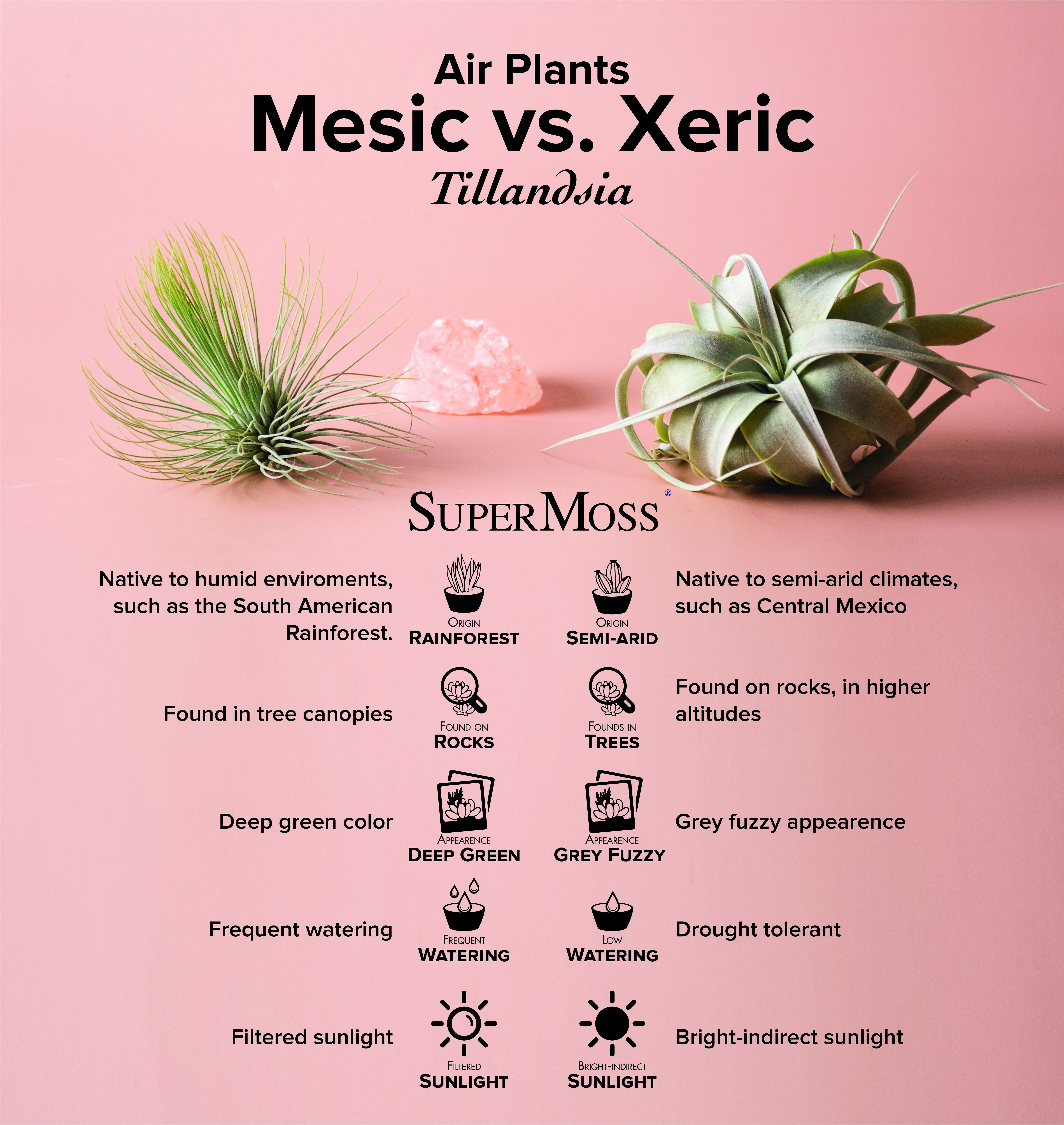
Unlocking the Secrets: Nurturing Your Air Plants with Care
Embarking on the Air Plant Journey: Introduction to Air Plant Care
Welcome to the fascinating world of air plants, also known as Tillandsias. These unique, low-maintenance wonders have captured the hearts of plant enthusiasts worldwide. In this journey, we’ll dive into the essentials of air plant care, ensuring that your Tillandsias thrive and add a touch of green magic to your space.
For those eager to delve into the art of air plant care, consider exploring the insights at air plant care. This link is your portal to a realm where practical tips and in-depth knowledge await, helping you master the art of nurturing Tillandsias.
Understanding the Air Plant: Unique Traits and Adaptations
Before we dive into care tips, let’s appreciate the uniqueness of air plants. Unlike traditional plants, Tillandsias don’t require soil for nutrients. They absorb water and nutrients through their specialized trichomes, tiny structures on their leaves. This makes them versatile and opens up creative possibilities for displaying them in your living space.
Lighting Essentials: Providing the Right Amount of Illumination
One of the key factors in air plant care is finding the right balance of light. Air plants thrive in bright, indirect light. Placing them near a window where they receive filtered sunlight is ideal. While they can tolerate some direct sunlight, prolonged exposure can lead to dried or scorched leaves. Striking the right balance will ensure healthy and vibrant Tillandsias.
Hydration Harmony: Watering Your Air Plants with Precision
Watering air plants is an art form. Unlike traditional plants, Tillandsias don’t absorb water through their roots. Instead, they absorb moisture through their leaves. To water them, immerse them in room temperature water for about 20-30 minutes. Shake off excess water afterward to prevent stagnation in the base. Finding the sweet spot between hydration and avoiding waterlogged conditions is crucial for air plant health.
Air Circulation: Fostering a Breathable Environment
True to their name, air plants thrive on good air circulation. After each watering, ensure they dry thoroughly within four hours. Adequate air circulation prevents issues like rot and mold. Consider placing them in a location with good airflow, and avoid enclosed terrariums unless there’s ample ventilation. The ability to breathe freely contributes to the resilience of your air plants.
Temperature Tolerance: Creating Comfort for Your Tillandsias
Air plants are adaptable, but they do have preferences when it comes to temperature. They generally thrive in temperatures between 50 to 90 degrees Fahrenheit (10 to 32 degrees Celsius). Protect them from frost, and if you’re providing warmth during colder months, ensure they aren’t placed too close to heat sources. Maintaining a comfortable temperature range contributes to their overall well-being.
Feeding Ritual: Nourishing Your Air Plants with Care
While air plants don’t rely on soil for nutrients, they still need to be fed. During the growing season, typically spring and summer, supplement their diet with a water-soluble fertilizer. Opt for a bromeliad or air plant fertilizer, diluted to half or quarter strength, and apply every 2-4 weeks. This ensures your Tillandsias receive the essential nutrients to flourish.
Creative Display: Showcasing Your Air Plants in Style
Part of the joy of air plant care is the creative freedom in displaying them. From hanging glass orbs to driftwood arrangements, the possibilities are endless. Experiment with various containers, like seashells or decorative holders, and let your imagination run wild. Just ensure that your chosen display allows for good air circulation and easy removal for watering.
Rejuvenating Misting: Providing Additional Hydration
While air plants absorb moisture through their leaves, they can benefit from occasional misting between waterings. Use a spray bottle to provide a fine mist of water. This is especially beneficial in drier environments or during hotter periods. Misting helps maintain the humidity levels that air plants appreciate.
Seasonal Adjustments: Adapting Care with the Changing Seasons
Air plant care isn’t a one-size-fits-all approach, and it may need adjustments based on the seasons. During the growing season (spring and summer), air plants are more active, requiring more water and nutrients. In contrast, reduce watering frequency during the dormant period (fall and winter). Observing and adapting care to seasonal changes ensures your Tillandsias flourish year-round.
The Bond Between Caregiver and Tillandsia: Enjoying the Journey
Caring for air plants is more than a routine; it’s a delightful journey of discovery and appreciation. Each Tillandsia has its personality, responding to your care with vibrant colors and occasional blooms. Embrace the bond between caregiver and Tillandsia, and revel in the joy of nurturing these resilient, captivating plants that bring a touch of nature into your home.
